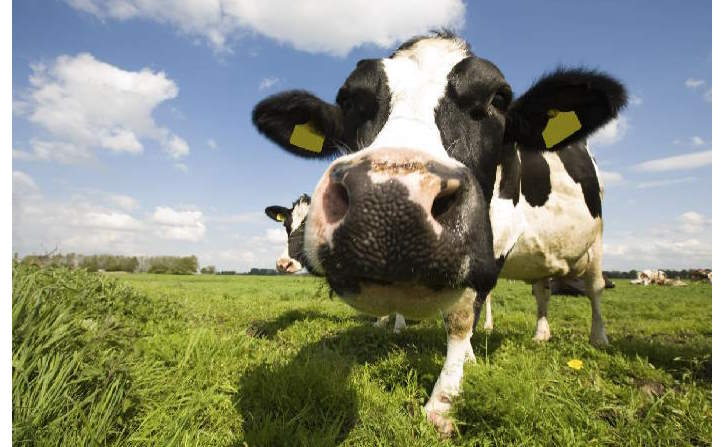Reducing nitrogen losses to waterways is crucial and is influenced by many factors.
Soil type, topography, irrigation practises and land use all contribute to the environmental footprint.
However, the type of pasture planting is now suggested to have a significant reduction in nitrogen losses.
Exciting research finds using environmental plantain in a dairy farm system, significantly reduces nitrogen losses.
This technology innovation is yet another great example of New Zealand pioneering farm improvements through collaborative partnerships, including DairyNZ.
The concept of “dilution reduces pollution” has been around for years, but diluting dairy cow urine nitrogen content through their feed, clearly has great potential.
It will be fascinating to see the final nitrogen loss claims when all Lincoln and Massey University field trial data is validated.
Click here to read the Canterbury Farming article on page 13.
This Water-Insight news article outlines how changing irrigation practises can also help reduce nitrogen losses.
Key messages from the Fertilizer Association NZ article include:
*Leave some soil moisture capacity to allow rainfall to be stored.
*Solid set irrigation and centre pivots were found to be suitable to improve the situation.
* Reducing the amount of irrigation water by maximising rainfall when it happens.
“We looked specifically at targets that left quite a bit of capacity in the soil to store rainfall should it occur shortly after the irrigation finished.
We found that filling it up to 80% of the plant available water capacity and leaving 20% for rainfall was probably the best target level from the point of view of reducing the nitrate leaching substantially while avoiding pasture production losses.” Dr John Bright .

